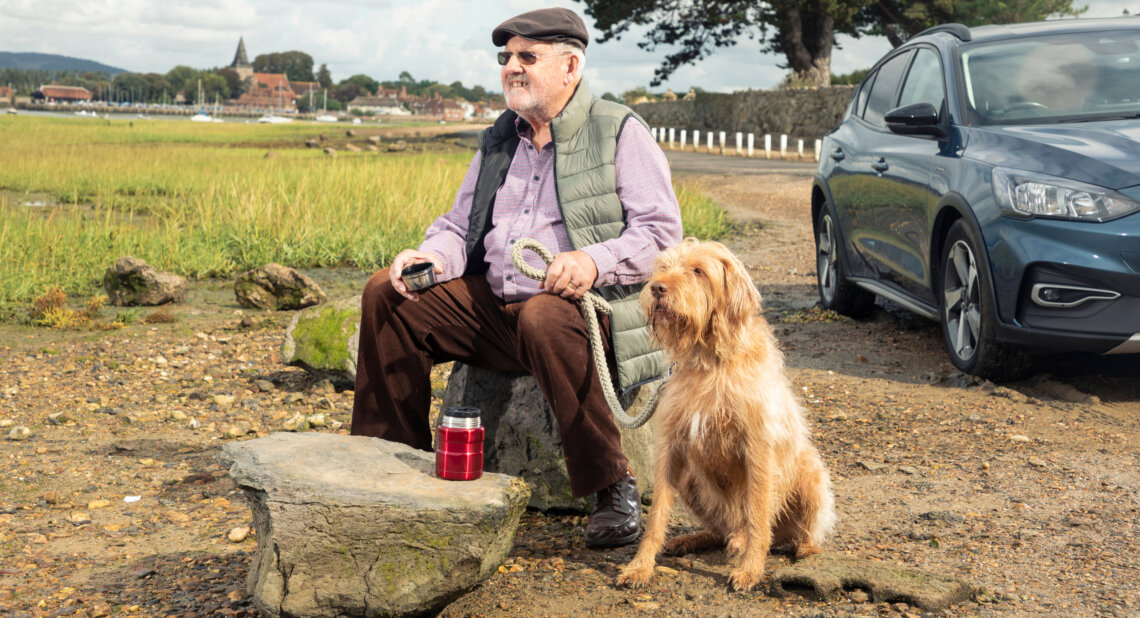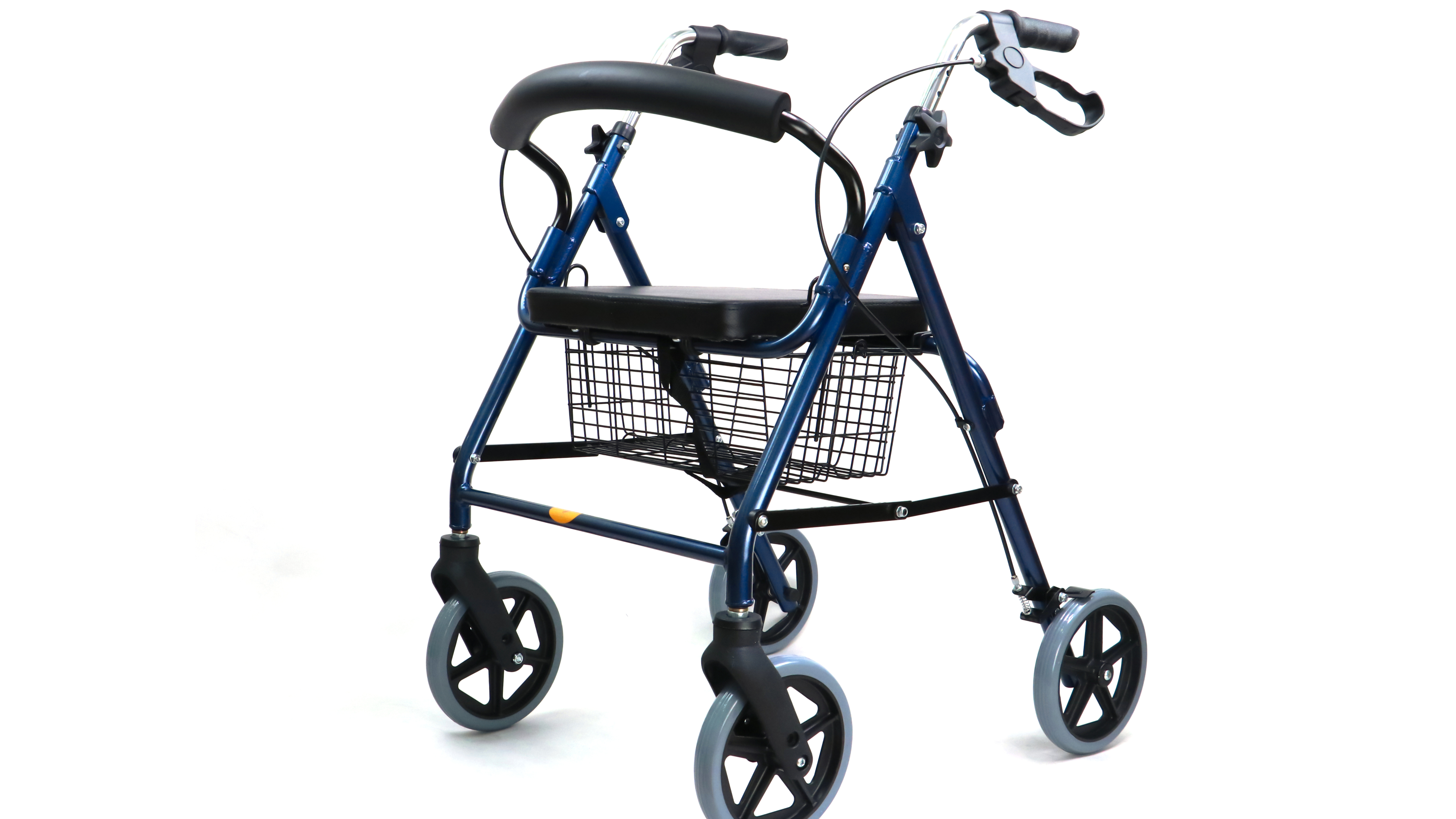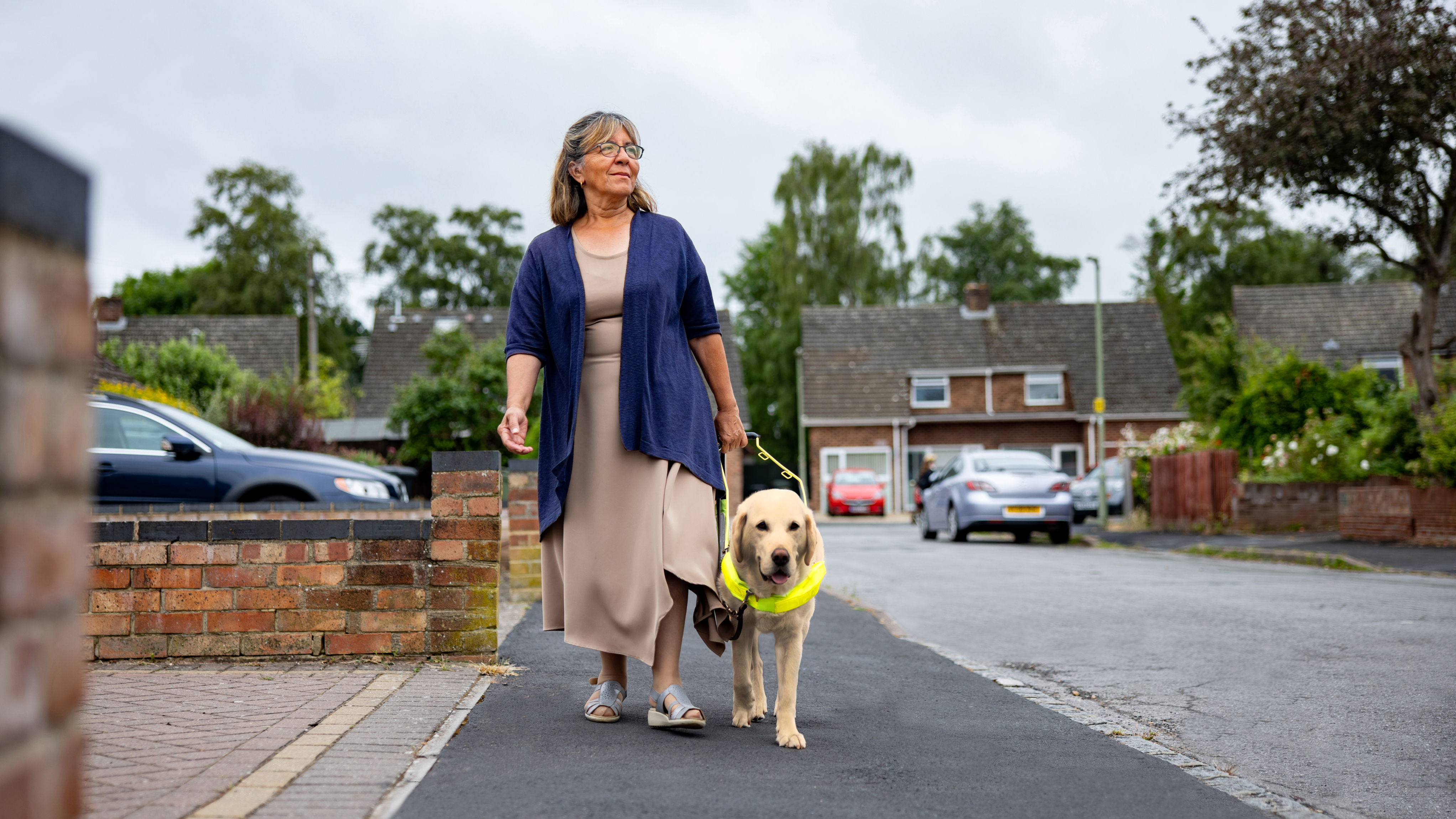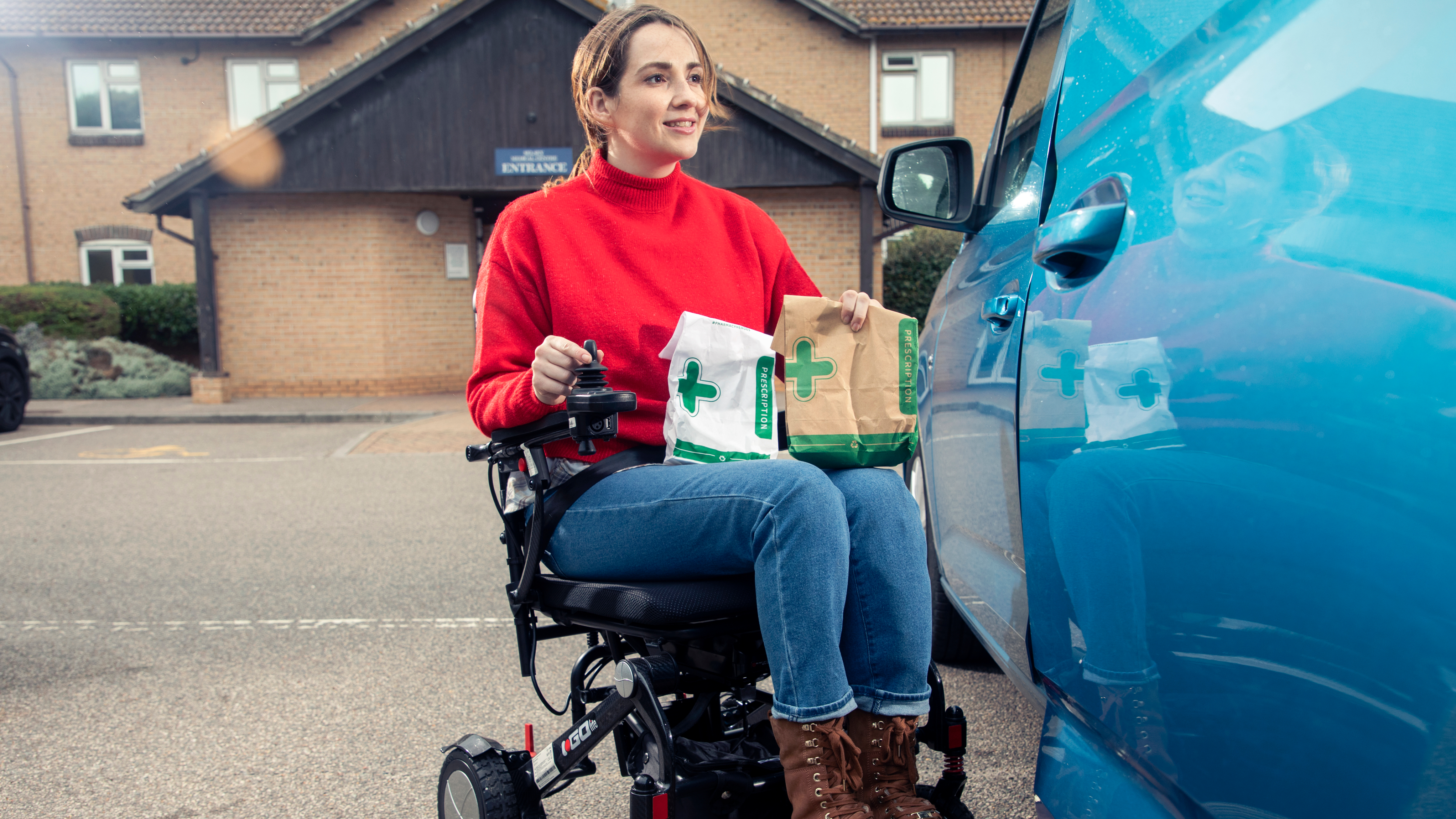The right aids can be an important part of living independently and can make life easier.
Blogger Chloe Tear asked for recommendations from the disabled community. Read about her top mobility aids, bathroom equipment and kitchen gadgets here.
I’ve been using disability aids for most of my life. I have mild cerebral palsy, and I became visually impaired at the age of 18. When thinking about the aids that have helped me the most, one thing became clear: the disabled community have the best answers.
We’re constantly learning from each other to make day-to-day life that bit easier. I took to X and asked my followers what disability aids have helped them. Here are some of their suggestions.
Recommended mobility aids
When it comes to buying a mobility aid, it can be a minefield. Ibrahim Omotosho says that mobility aids “make moving from one point to the other seamless. That’s what I call empowerment.”
While it will depend on your own needs, there are some tips and tricks.
Rollator
A rollator can offer support for walking © Getty Images / Corlorstudio
You could benefit from a rollator, which can give you something to lean on and sit down. Not only are these good to use outside, but they can also be helpful indoors when carrying things from room to room.
Learn more about TGA’s range of rollators.
Walking stick seats
If you can walk but often need to sit down, going out for longer periods of time can be a challenge. Laura Cook recommends getting a walking stick with a stool attachment. She said: “it has been a game changer for me in getting me out and walking more. I carry my stick-stool everywhere so I can sit whenever I need to.”
Canes
Canes are designed with reflective taping for increased safety at night © Getty Images / Motortion
If you have reduced vision, a long white cane could help more than you might think. I’ve used one and benefited greatly. I wrongly assumed this mobility aid was reserved for someone who had no remaining vision. Yet my reliance on a long cane has been a blessing in disguise.
Did you know there are also different kinds of canes? Guide Dogs have explained the four different types.
Guide dogs
Guide dogs are highly trained to help support mobility challenges © Getty Images / andresr
A guide dog may not be right for everyone, but Guide Dogs assess each person and look at what mobility aid works best.
Guide Dogs also have a range of services. This includes long cane training, so you can be more confident navigating your surroundings.
If a guide dog is not right for you, why not try out a therapy dog? Spending time with therapy dogs can boost your wellbeing without needing to look after one yourself.
Wheelchairs
There are a great range of powered wheelchairs available on the Scheme
Our powered wheelchairs can be a helpful option if walking or moving around is difficult. We’ll work with you to find one that’s comfortable and right for you.
They can be super helpful for exploring the outdoors, as Alison explains: “I need a wheelchair, but my freewheel attachment is the very best. It allows me so much freedom outside on all kinds of terrain. I don’t get stuck, I’m more stable and it’s so freeing!”
Not sure which wheelchair is best for you? Check out our guide. Some people decide to move from a manual wheelchair to a powered one to maximise safety and independence. Learn how Pippa Stacey made the switch and the benefits she saw as a result.
Bathroom aids
Bath chairs can help keep people with balance and stability issues safe while bathing © Getty Images / BenDC
One of the first aids I started to use was a bath board. This allowed me to sit down so I could climb over the edge of the bath or even use it as a bench to sit on if I wanted a shower. This small modification can make a bigger difference than you’d think. Now that I have my own house, a shower chair has been really helpful. Prices for bath boards start from around £7.
Jenny says, “my shower stool has been a game changer for me. This means I can wash a bit more regularly with peace of mind regarding my safety. Showering is no longer a scary experience.”
If you don’t have a shower, Alannah-Jayne recommends handles around the bath. She says, “without them, I wouldn’t be able to get in and out without pain or getting stuck. I recommend getting them as you can hold on to slowly sit up, which is less painful than straining.” This is something your local council may be able to provide. You can use the government website to apply for equipment at your home if you’re disabled.
You can also get sponges on a long handle which can help if you have reduced mobility. These aids can make things easier and help you to wash your whole body. I also find it easier to use products that have a pump lid. You don’t have to worry about opening bottles or squeezing them.
If you struggle to get on and off the toilet, grab rails help. I have had these put into my bathroom. I might not need to use them every day, but they can aid my independence if I’m in a lot of pain.
Kitchen Gadgets
A hot water dispenser could be a great option if you struggle to hold a kettle © Getty Images /
NAKphotos
We’re guaranteed to spend a lot of time in the kitchen, whether that’s making a drink or cooking a meal. I’ve loved learning new recipes over the last few years and certainly get a lot of use out of my slow cooker. I use frozen pre-chopped fruit and vegetables, making it even easier to throw everything in.
There are loads of aids which can make things a little easier. Here are a few that have been recommended:
- A regular go-to would be a perching stool. These are great when standing in the kitchen and can offer support around the house. The slightly slanted angle makes it perfect for taking the weight off your feet. If you’d struggle to do this, why not sit down when preparing a meal to save energy?
- A tipping kettle or hot water dispenser can be “quicker and safer than pouring a boiled kettle” says Winnie Wilkins. It can be great if your hands are weaker or shaky. I also use a coffee machine which eliminates the need to lift a kettle.
- No kitchen would be complete without a set of scales and as someone with a visual impairment, talking scales just make sense. They allow me to weigh food and liquid, giving me independence when cooking.
In conclusion, if you’re new to using disability aids, it can feel like you’re giving up. I’ll let you in on a secret, it’s the complete opposite. By using aids, we can conserve energy, gain more independence and live life to the full.
Interested in joining the Scheme?
The Motability Scheme keeps over 800,000 people across the UK moving.
If you are in receipt of a qualifying mobility allowance you can use it to lease a car, scooter, powered wheelchair or Wheelchair Accessible Vehicle (WAV).
Related articles
Ways to enjoy gardening with a disability
Why we went electric and never looked back: Our cross pavement charging solution
Shops, supermarkets and sports clubs with sensory spaces
![]()














